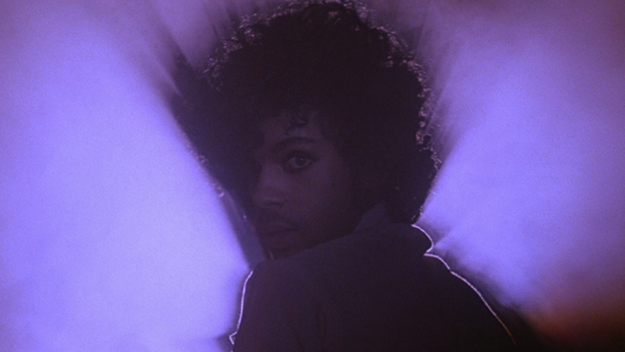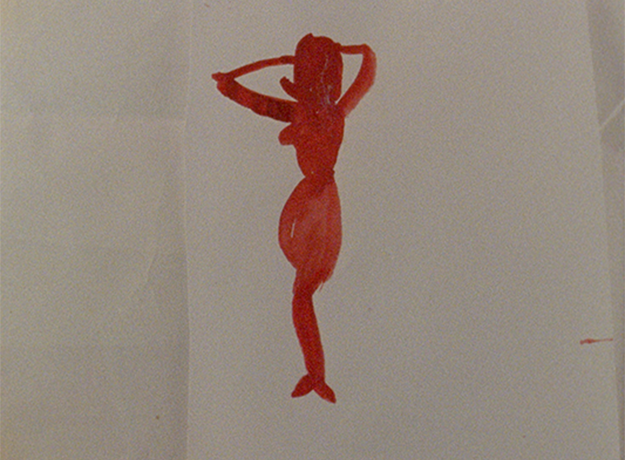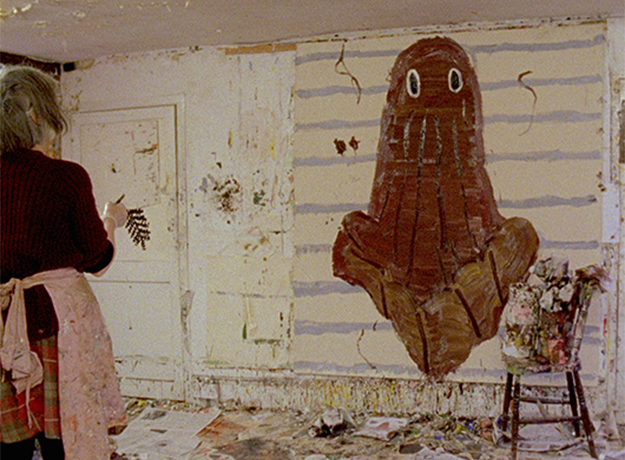Artists + Making It
Purple Rain
It’s been a bad year for people who’ve shaped the past 40-or-so years of pop culture. And while news of Prince’s premature death has only just begun the thinkpiece phase of celebrity mourning (e.g., “What did he really represent?”; “Counterpoint: what about this terrible thing he said/did?”), the main thing I associate with the great purple one (aside from the music) is his dogged preservation of the rights of the artist. He rebelled against the restrictions that major record labels placed on creativity during their height, and clocked how financially ruinous online streaming services like YouTube and Spotify were to musicians early on. Even more impressively, he found ways to break away from both of them, and stuck with it (unlike, say, Radiohead).
Prince was an artist in a way that has become increasingly rare—or at least to those who aren’t independently wealthy—precisely because of how the Internet has devalued things like writing, music, and the moving image. Less money means less time in the studio and more time at the day job. (And as any professional musician will tell you, live shows don’t nearly make up for it.) Time to create and to fail has always been a luxury, and it’s never been more precious. There are many reasons why these three very different areas of expression have been deemed to be worth less than poverty wages, but the public’s complacence about it can largely be traced to a fundamental lack of understanding about how art is actually made. Out of all the things you’ll come across posted in Prince’s memory, few to none will actually discuss his creative process, the nuts and bolts of how he put together his indelible melodies and rhythms. Instead, the overwhelming majority will focus on legacy, personality, and juicy (or just odd) tidbits of biography.
What Means Something
This emphasis on biography when considering an artist and their oeuvre runs deep: documentaries about artists, living or dead, offer up experts proclaiming the importance of the work, how it fit into the culture, and who the fêted one was sleeping with at the time. In Hockney, as in so many documentaries before it, biography gets conflated with output, and the more salacious (or “interesting”) the life, the better. Myths about creativity persist in “based on a true story” feature films about artists, which privilege the flamboyant and tragic personal lives and relegate the act of creation to quick montages. To take just one risible example: in Pollock (00) the first time we see Jackson actually attacking a blank canvas with paint, it’s near the start of the second act. In accordance with a narrative defined by personal redemption, he needs first to be tortured by life in order to create something truly meaningful.
Yet this isn’t always the case. Ben Rivers’s latest film, What Means Something, is a portrait of the painter Rose Wylie at her home/studio in Kent. Rivers, a director whose filmmaking practice straddles documentary, experimental, and gallery filmmaking, puts the act of Wylie’s creation at the center of the film. We see Wylie paint in real time, slowly covering her walls with uneven lines, witnessing the multitude of possible directions a work of art takes before its completion. (In some way, as I far too often am while watching someone draw, I was reminded of Cover to Cover, a kids show that ran from the 1960s to the ‘90s in which the host would draw a scene from a book as it was being read aloud.) When the artist does speak, it’s in conversation with Rivers, sometimes over-the-shoulder as she does something else, and at other times in an unconventional sit-down interview. “Your Scottish man didn’t have any light…” she jokes (in reference to Rivers’s Two Years at Sea) as he sets up the camera. “When I saw it, I thought, ‘Good, I won’t have to do an interview.’” Such exchanges, along with shots of Wylie clapping her hands or tapping her brush against a bucket (which allows the editor to synch the sound to 16mm image in post), reveals Rivers’s own process: we’re privy to the development of his technique as much as hers.
What Means Something
While it’s clear that Wylie takes inspiration from her life and the world around her, it’s not framed as being shaped by her experiences of bitter injustice. The closest thing to biographical information we get about Wylie come through glimpses of the clutter in her house (a paint-smeared clipping of Billie Piper, old paintings) and through her chats with Rivers, such as when she flips through a sketchbook that contains drawings of furniture of a bed and breakfast that she stayed in. Rivers also never asks his subject to make an overarching statement about her work, or explain anything that she’s doing, as we might in a more straightforward documentary about an artist: we see her painting as painting, not mediated through words. (As any artist will tell you, writing an artist’s statement is a skill unto itself, one that many struggle with.)
By not forcing explanations—or even language—into moments where it doesn’t organically exist, Rivers expresses something profound and true about the actual act of creation, without sentimentality or obfuscation. It’s a quiet and unassuming film that performs a great public service, demystifying the “pain” around creation, simply by focusing on the actual process of it. What Means Something returns art to artists, firmly existing outside of anything corporate or monetized, yet lays bare the value of Wylie’s handmade, wooly work—again, an all-too-rare sight in our increasingly instantaneous lives.










